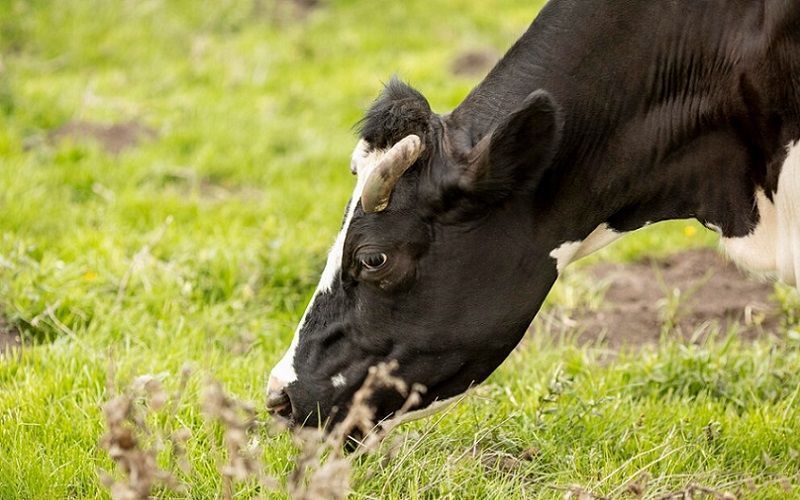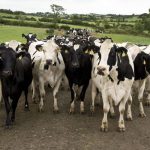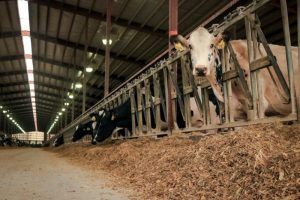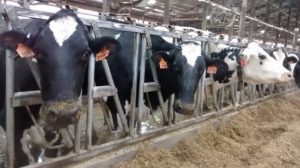
The June 2024 USDA Milk Production Report highlighted a year-over-year decline in milk output among the 24 major states, with production falling to 18 billion lbs., a drop of 0.7%. This contrasts with the revised figures for May, which showed a production of 18.8 billion lbs., down 0.8% from the previous year, including a downward revision of 30 million lbs. from earlier estimates.
In-depth analysis reveals significant production drops in several states, with two states alone accounting for a combined decline of 130 million lbs. in June. The overall number of milk-producing cows decreased to 8.89 million, a net reduction of 37,000 from June 2023, although there was a slight increase of 2,000 cows from May 2024.
Erick Metzger, General Manager of National All-Jersey, provided detailed insights into the state-specific declines:
New Mexico experienced the most dramatic fall, with a reduction of 69 million lbs., attributed to a decrease of 37,000 cows.
California’s production was impacted by extreme heat, leading to a reduction of 30 lbs. per cow, despite a decrease of 5,000 cows.
Pennsylvania and Arizona saw declines of 18 million and 16 million lbs., respectively, due to lower milk yields per cow, with Arizona also facing a decrease of 8,000 cows.
New York’s output fell by 16 million lbs., although cow numbers remained stable, with a decline in production per cow by 25 lbs.
However, some states showed notable growth in milk production. Texas led with an increase of 41 million lbs. to 1.37 billion lbs., bolstered by the addition of 13,000 cows and an increase of 20 lbs. per cow. South Dakota and Wisconsin also reported gains, with increases of 31 million and 25 million lbs., respectively.
Phil Plourd, President of Ever.Ag Insights, commented on the overall trends, noting that the production shortfall was marginal but significant. He highlighted that despite the lower volume of milk, the output of milk solids was higher than in the previous year, indicating more efficient production. Plourd also emphasized the potential impact of ongoing weather challenges, suggesting that persistent heat could further affect production. Additionally, he speculated on future shifts in production driven by better margins, which could influence the industry’s capacity to increase milk output.
You can now read the most important #news on #eDairyNews #Whatsapp channels!!!
🇺🇸 eDairy News INGLÊS: https://whatsapp.com/channel/0029VaKsjzGDTkJyIN6hcP1K

























